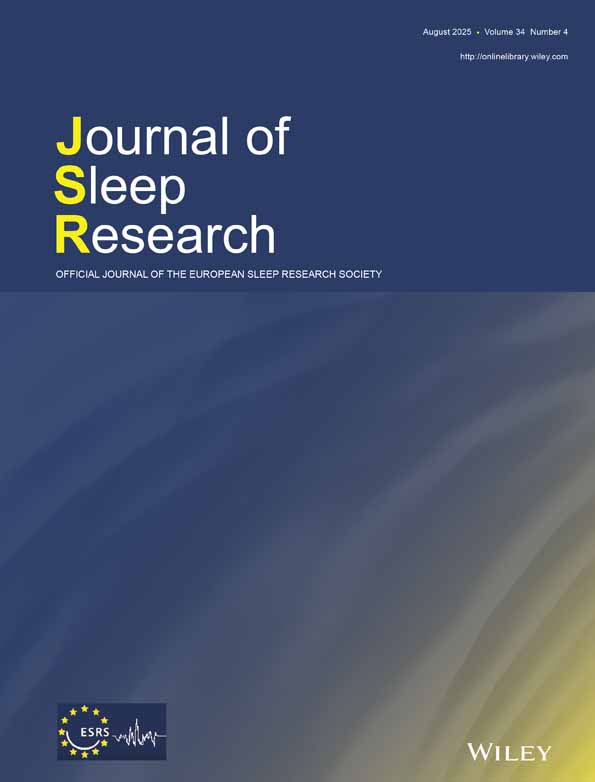Sex-specific changes in sleep quality with aging: Insights from wearable device analysis
Summary
Prior studies evaluating sleep quality have found that women often have better polysomnography-defined sleep quality than men, but women subjectively report a greater frequency of sleep disturbances. Although these studies can be partially attributed to study design, it is currently unclear what may be causing these discrepancies. In this study, we aim to identify potential differences in objectively assessed sleep quality between men and women with further emphasis on subgroup analysis based on age. We hypothesize that women's sleep worsens after menopause. Sleep quality was assessed by comparing the Sleep Quality Index, Arousal Index, sleep efficiency and apnea–hypopnea index, as provided by the SleepImage Ring@ 2.3.0, between men and women, with a sub-group analysis performed by age (18–40 years, 41–50 years, 51–60 years, 61–70 years, and > 70 years), run separately for women and men. In total, 1444 subjects (704 women and 740 men) with a mean age of 53.6 ± 14.71 years were enrolled in this analysis. In women, a significant drop in Sleep Quality Index was noted after age 51 years. Regression analysis demonstrated that age, Arousal Index, sleep efficiency and apnea–hypopnea index correlated significantly with Sleep Quality Index – with age, Arousal Index and apnea–hypopnea index negatively correlated, and sleep efficiency positively correlated. The highest correlation coefficient was obtained for Arousal Index in both women and men. In women, age older than 50 years was associated with a more rapid decrease of sleep quality than men, as defined by an increase in Arousal Index and apnea–hypopnea index with a concurrent decrease in Sleep Quality Index.
CONFLICT OF INTEREST STATEMENT
The authors declare that the research was conducted in the absence of any commercial or financial relationships that could be construed as a potential conflict of interest.
Open Research
DATA AVAILABILITY STATEMENT
The data that support the findings of this study are available on request from the last author. The data are not publicly available due to privacy or ethical restrictions.




